ABB YB560103-BN DSQC230 Circuit Board: Advanced Automation Module for Industry 4.0 Applications
The ABB YB560103-BN DSQC230 Circuit Board is a specialized interface module designed for seamless integration into programmable logic controllers (PLCs). It facilitates efficient communication between the PLC and various industrial devices, enhancing automation processes across diverse industries.
Detailed content
Model Number:YB560103-BN
Module Type:DSQC230
Manufacturing Technology:High-Speed Processing
Operating Voltage:12-24V DC
Current Consumption:≤ 30mA
Dimensions:100mm x 50mm x 20mm
Weight:100g
Operating Temperature Range:-20°C to +70°C
Compatibility:ABB Robot Controller, PLCs
Engineered for durability and reliability, the ABB YB560103-BN DSQC230 Circuit Board is a cornerstone of modern industrial automation. Its high-speed processing capabilities ensure that every command is executed with precision and speed, enhancing productivity and efficiency in manufacturing lines.
This circuit board is designed to seamlessly integrate with ABB Robot Controllers and various PLCs, offering unparalleled flexibility and compatibility within the industrial ecosystem. It supports a wide range of input/output configurations, making it adaptable to diverse manufacturing needs.
Featuring a compact yet robust design, the ABB YB560103-BN DSQC230 Circuit Board can withstand harsh industrial environments. Its temperature resistance from -20°C to +70°C ensures reliable performance across varied conditions, ensuring minimal downtime and maximum operational efficiency.
With its low power consumption and efficient current handling, this circuit board optimizes energy use without compromising on performance. This not only reduces operational costs but also aligns with sustainable manufacturing practices, contributing to environmental responsibility.
The ABB YB560103-BN DSQC230 Circuit Board comes equipped with advanced diagnostics tools, allowing for real-time monitoring and predictive maintenance. This proactive approach helps prevent unexpected failures, ensuring continuous production flow and minimizing maintenance costs.


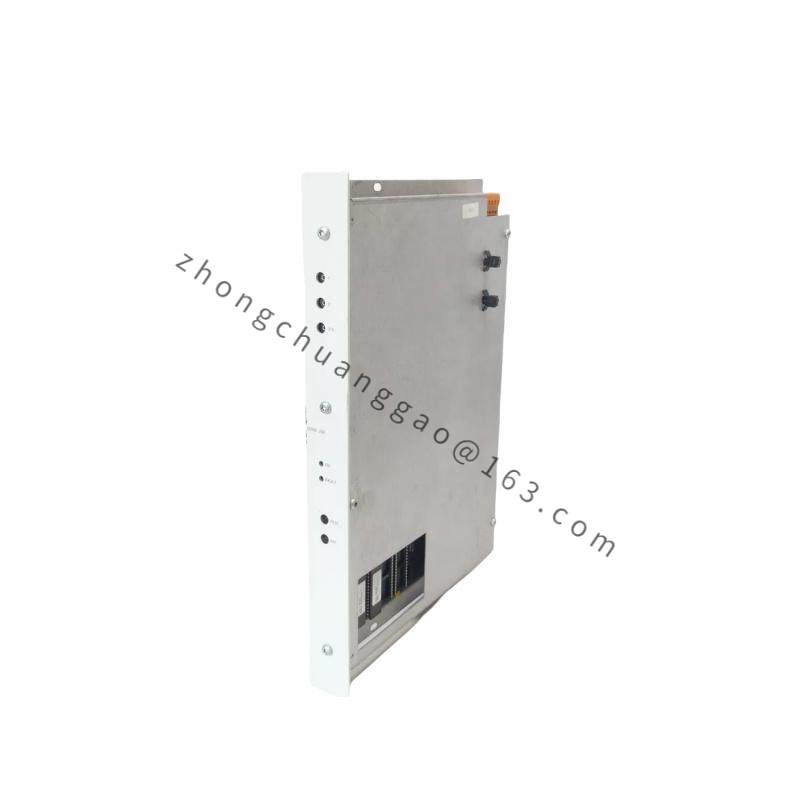

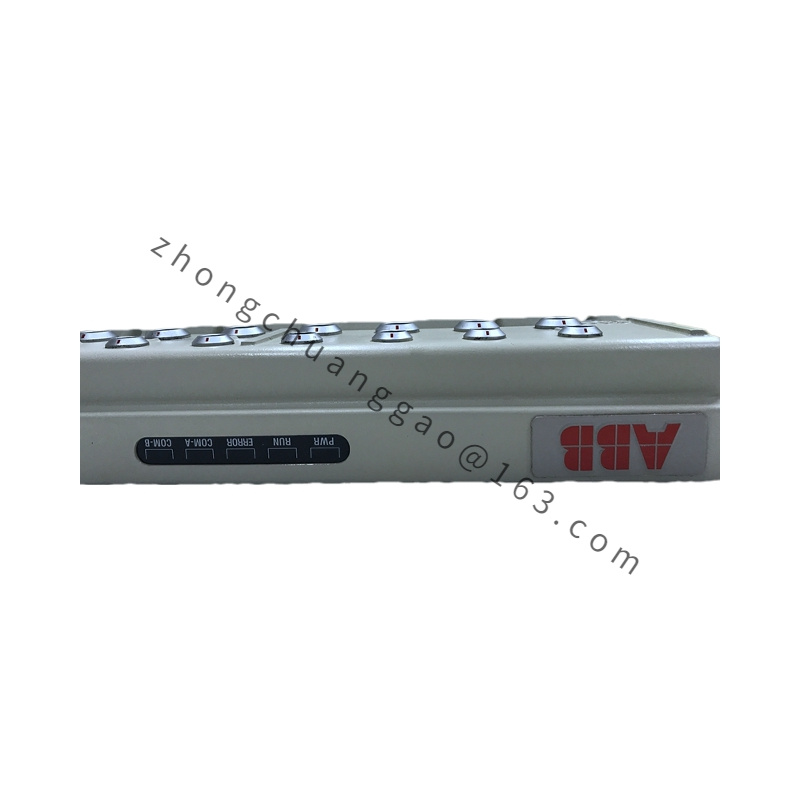
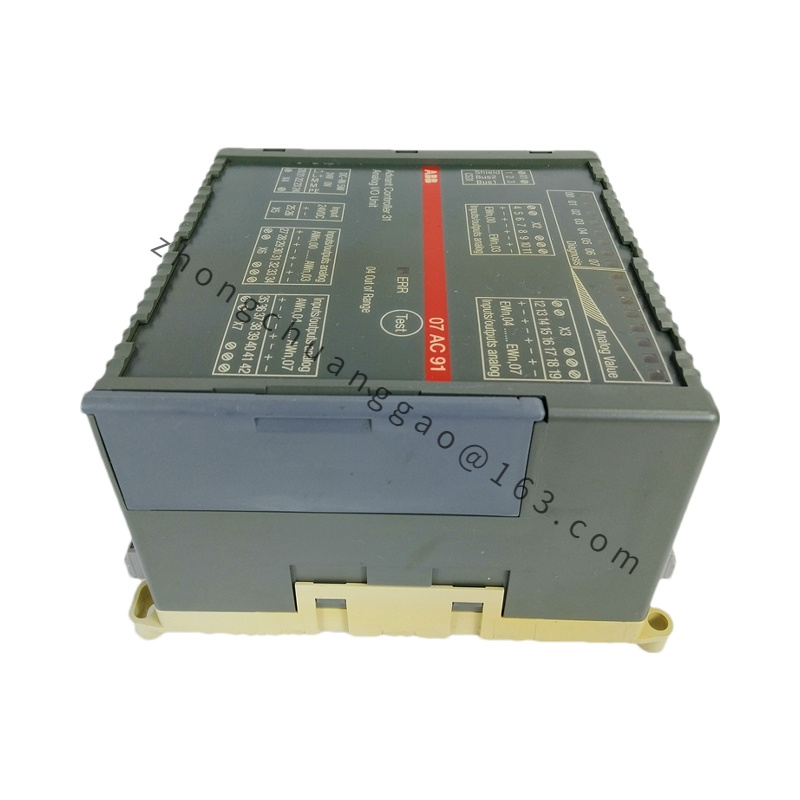

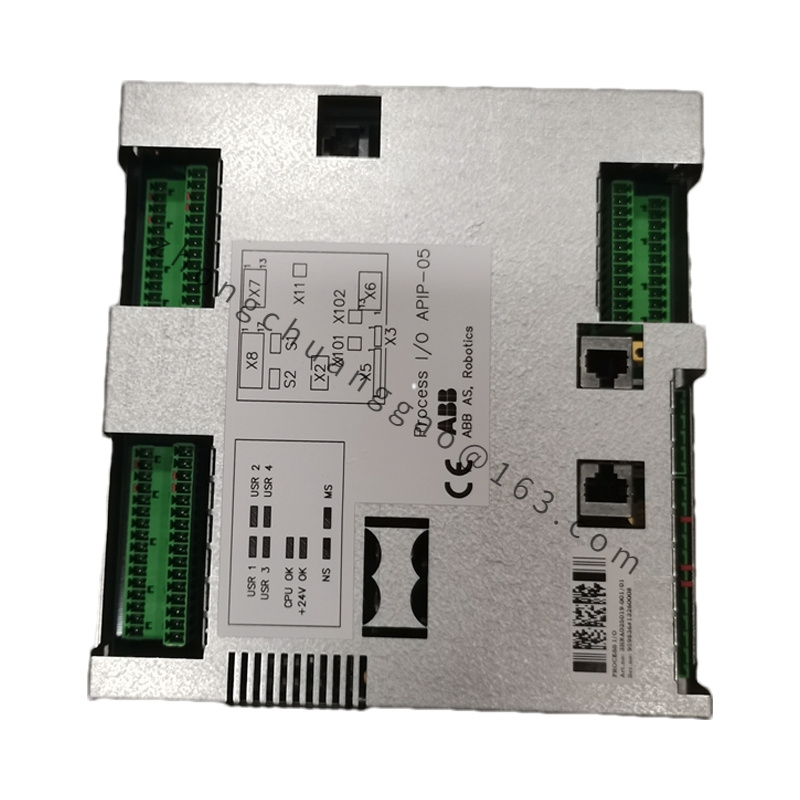

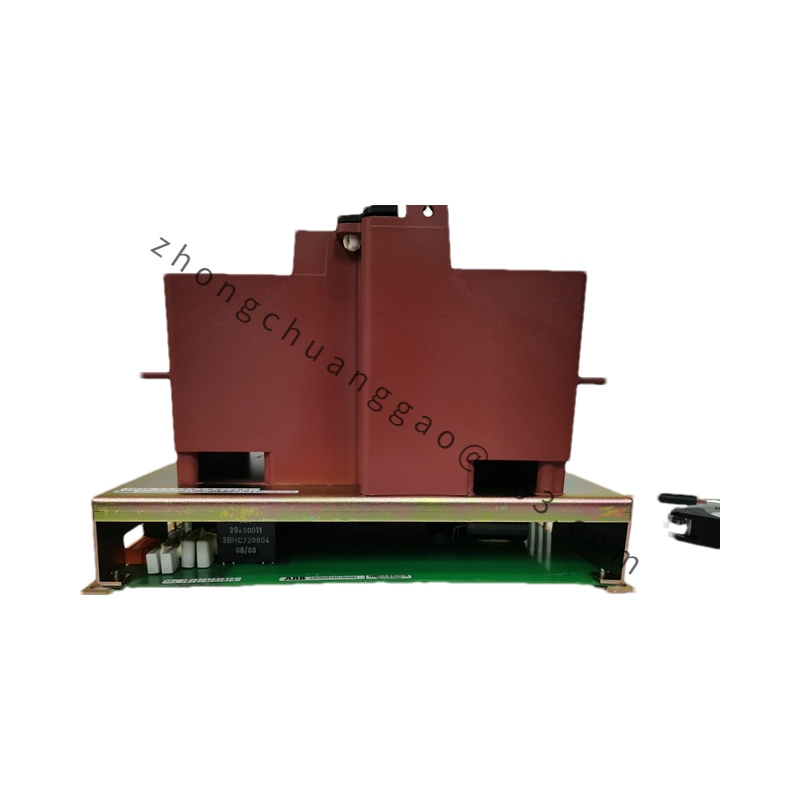

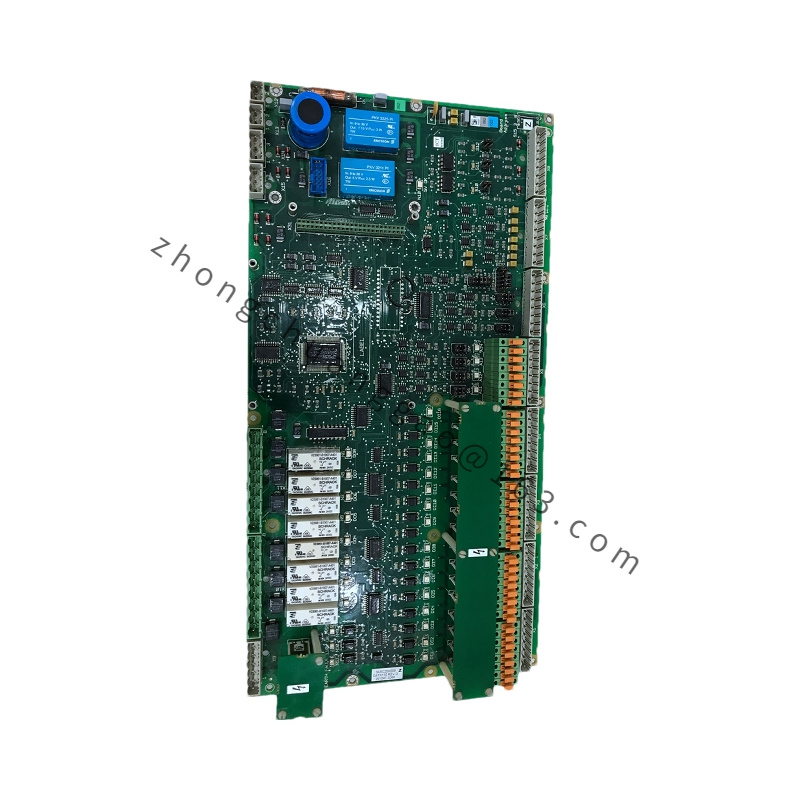

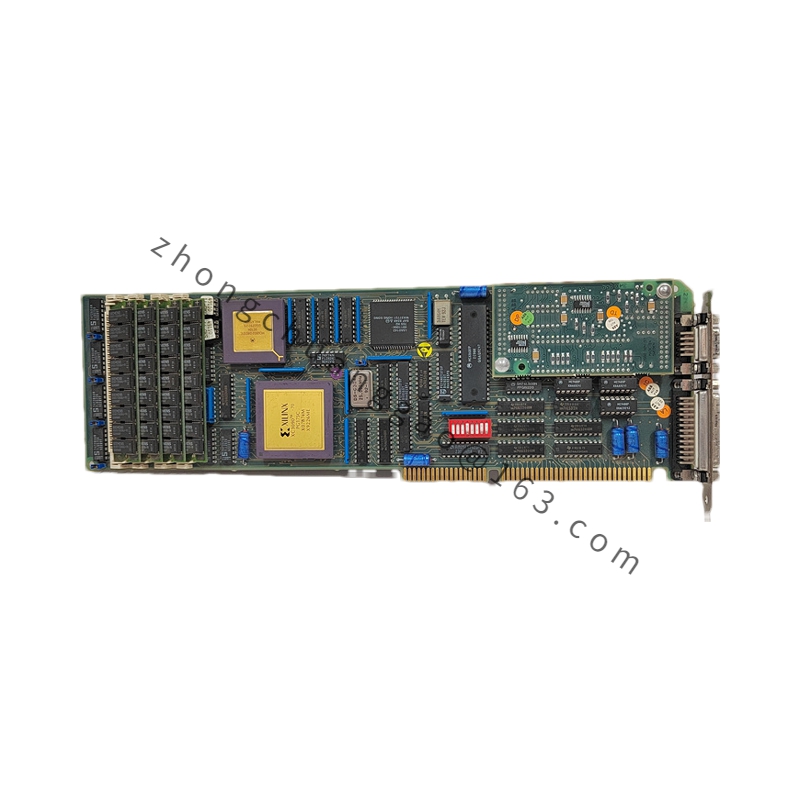
.jpg)